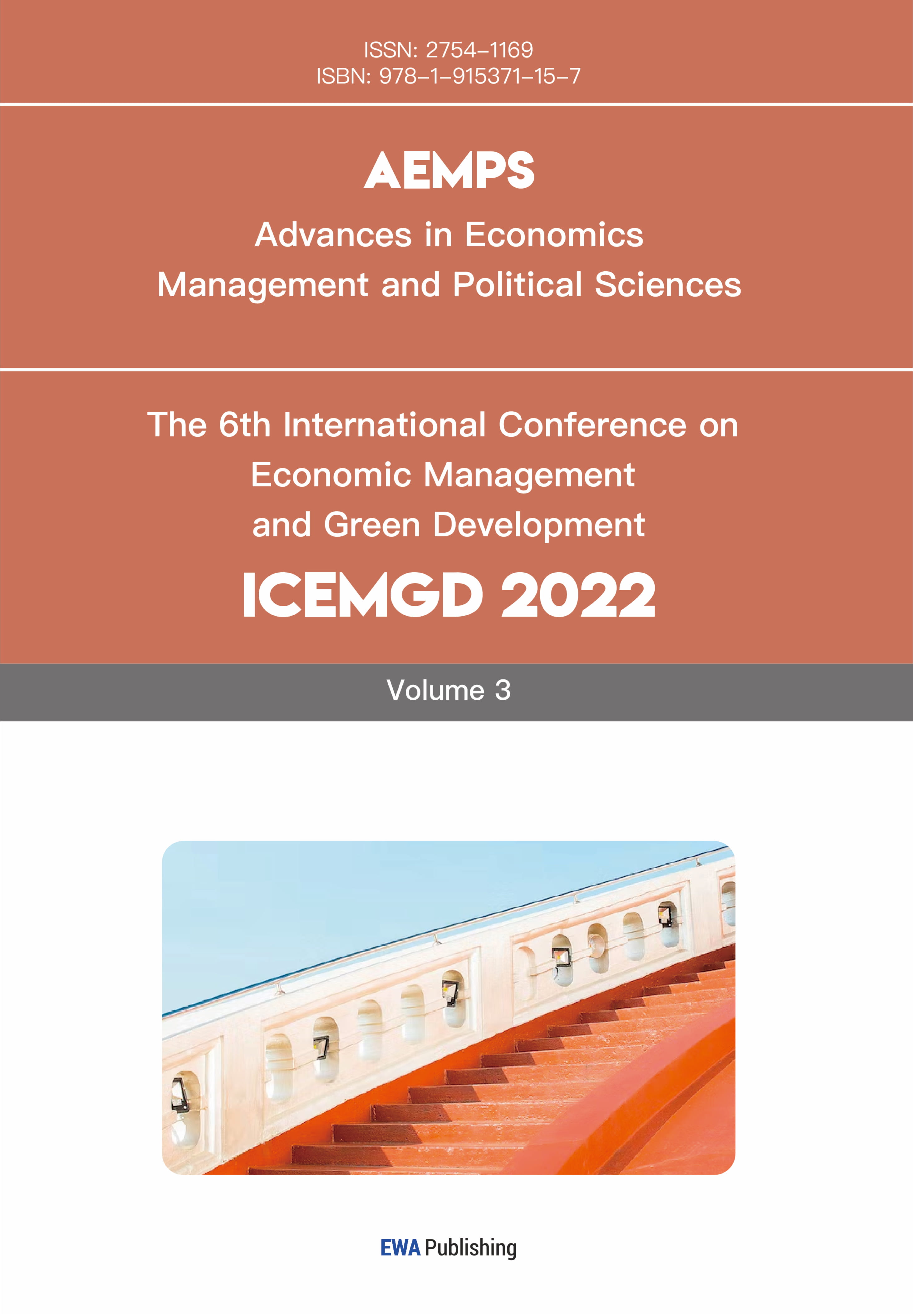References
[1]. Bialek, S. Schaffranka, C. & Schnitzer, M. (2023). The energy crisis and the German manufacturing sector: Structural change but no broad deindustrialization to be expected. CEPR. https: //cepr.org/voxeu/columns/energy-crisis-and-german-manufacturing-sector-structural-change-no-broad
[2]. Li, Y. (2023). Security Challenges and Implications of the Russia-Ukraine War in 2022 for China's Belt and Road Initiative. Journal of Education, Humanities and Social Sciences, 8, 995-1002.
[3]. Umbach, F. (2019). China’s belt and road initiative and its energy-security dimensions.
[4]. Zhao, Y., Liu, X., Wang, S., & Ge, Y. (2019). Energy relations between China and the countries along the Belt and Road: An analysis of the distribution of energy resources and interdependence relationships. Renewable and Sustainable Energy Reviews, 107, 133-144.
[5]. Zaheer, M. A., Ikram, M., Rashid, S., & Majeed, G. (2023). The China-Russia strategic relationship: Efforts to limit the United States' influence in Central Asia. Stosunki Międzynarodowe–International Relations, 3(3), 3.
[6]. Mendez, A., Forcadell, F. J., & Horiachko, K. (2022). Russia–Ukraine crisis: China’s belt road initiative at the crossroads. Asian Business & Management, 21(4), 488-496.
[7]. Li, M. (2020). The Belt and Road Initiative: geo-economics and Indo-Pacific security competition. International Affairs, 96(1), 169-187.
[8]. Jakimów, M. (2019). Desecuritisation as a soft power strategy: the Belt and Road Initiative, European fragmentation and China’s normative influence in Central-Eastern Europe. Asia Europe Journal, 17(4), 369-385.
[9]. Brown, K. (2018). The Belt and Road: Security Dimensions. Asia Europe Journal, 16(3), 213-222.
[10]. Da Silva, J. (2024). Chinese electric car makers hit with new European Union tariffs. https: //www.bbc.com/news/articles/cy99z53qypko
[11]. Murataliyeva, N., & Ismailkhodjaev, S. (2023). China’s Electric Vehicle Expansion in Central Asia. The Diplomat. https: //thediplomat.com/2023/12/chinas-electric-vehicle-expansion-in-central-asia/
[12]. Shao, Y. (2024). Research on the Impact of the Specialized, Refined, Unique, and Innovative “Little Giant” Policy on the Small and Medium Enterprises’ Innovation. Journal of Innovation and Development, 6(1), 12-19.



